11. Lady Sings the Blues (1972)
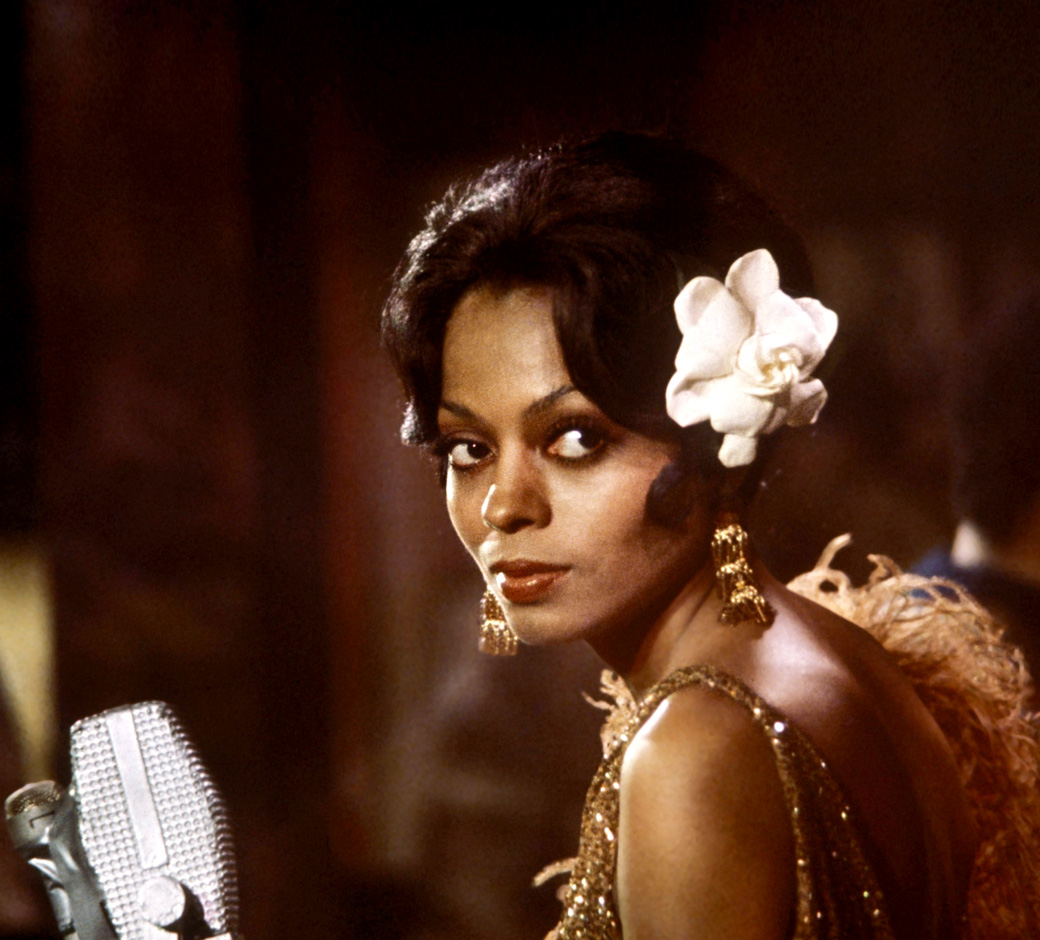
Sidney J. Furie’s biopic of the legendary jazz singer Billie Holiday received an Oscar nomination for, among other things, Norma Koch’s wonderful costume design. Diana Ross plays the troubled woman whose career was marred with drugs and abuse.
The film really captures Holiday’s eye for luxury, and Ross looks stunning in these Jazz-age, frilly body-skimming dresses. The details aren’t passed over either, the singer’s statement making jewellery and ornate head accessories (such as flowers or hats) give the woman a sense a dignity against the dark night clubs and seedy underbelly that would eventually drag her down.
12. Grey Gardens (1975)
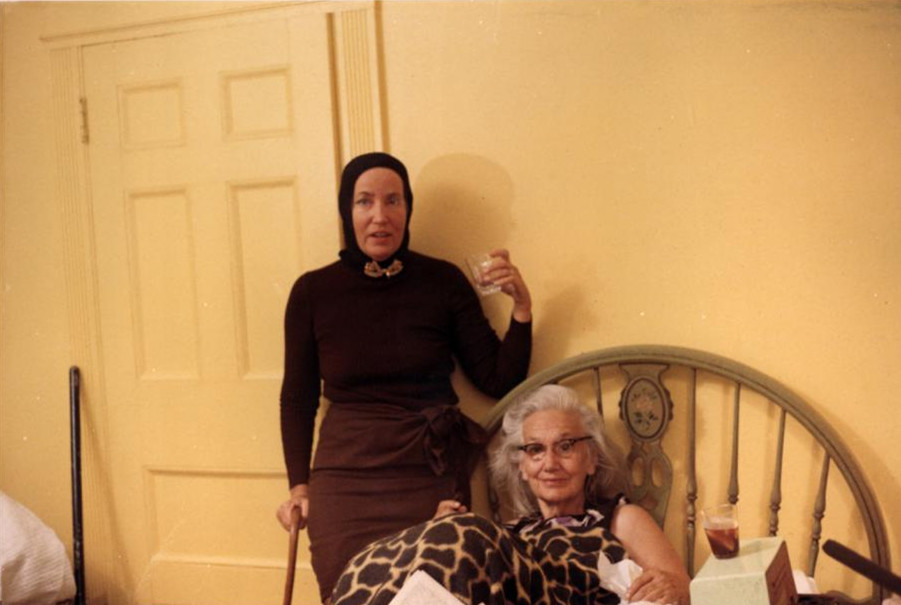
This landmark work of Cinéma vérité, follows a mother-daughter pair of upper class spinsters, famously referred to as Big and Little Edie, who reside in their dilapidated old mansion in Long Island.
The film garnered a huge cult following and Little Edie, who compulsively changes outfit until she found the ‘best costume for the day’, became something of a fashion icon.
The head scarves she used to cover up her baldness became her signature. Each one was co-ordinated with an assortment of outfits and accessories. We’ve got a vibrant red dress, tied up on the right for dancing, of course.
Another highlight is her floral pattern one-piece bathing suit with golden head-scarf draped like a cape. Whilst her Independence Day get-up of red and blue headscarf with miniature American flag and white heels has become one of the lasting images in American documentary cinema.
13. Annie Hall (1977)
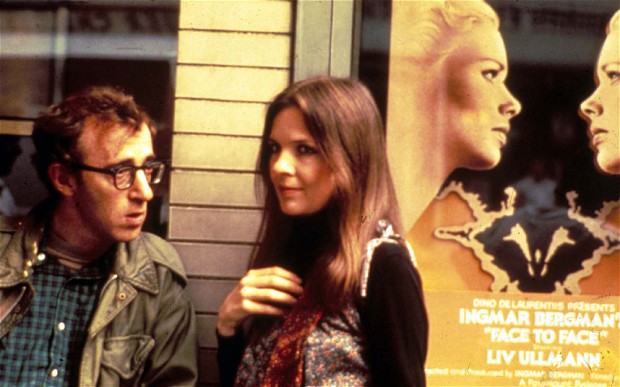
The iconic look of Writer/Director Woody Allen was solidified into the popular culture with his Oscar winning comedy. However, it was co-star and one-time partner Diane Keaton, playing the titular character who became a breakout fashion sensation.
Ruth Morley was the lead costume designer, but Diane Keaton is often attributed to coming up with the look. Ralph Lauren, who supplied the clothes for the leads, said ‘Annie’s style was Diane’s style — very eclectic..’
Keaton downplays her influence on the character, saying ‘I stole what I wanted to wear from the cool-looking women on the streets of Soho.’ Regardless, Annie Hall’s androgynous over-sized jackets, chunky ties, khaki trousers and bowler hat is a look that has remained fresh and influential to this day.
14. Jubilee (1978)
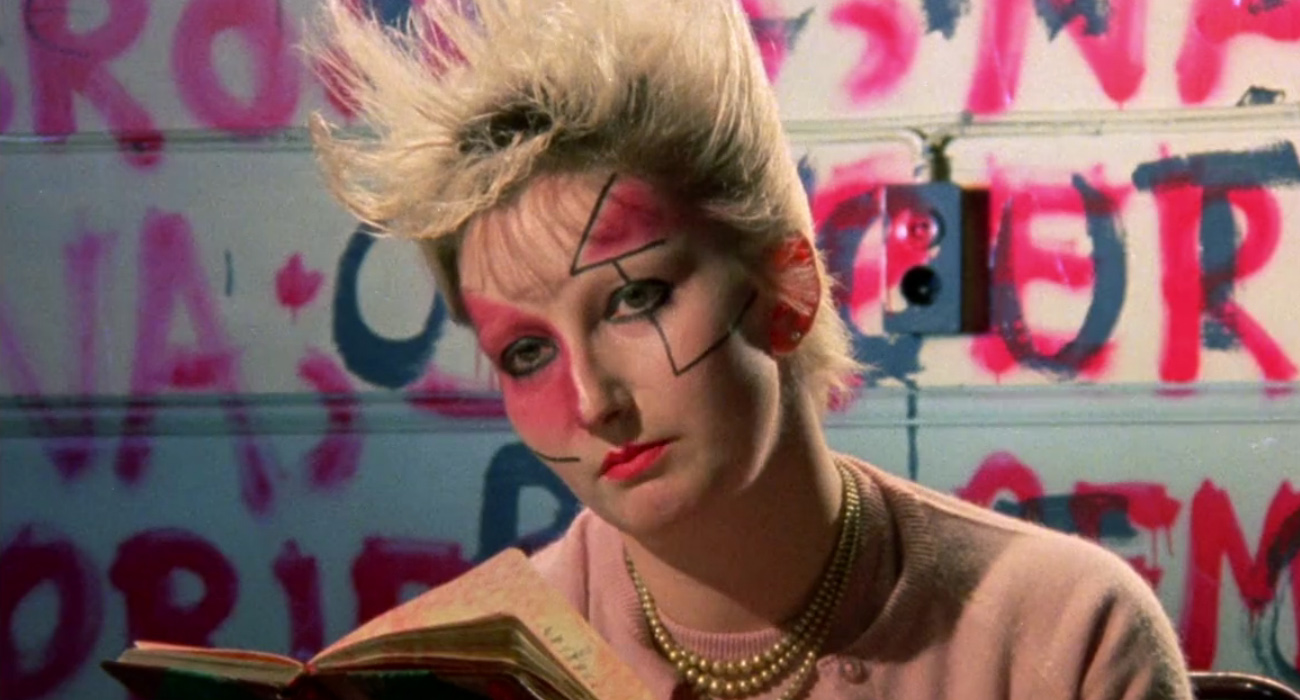
British artist and filmmaker Derek Jarman’s 1978 dystopian vision of England was made right in the throes of the punk culture movement. Queen Elizabeth I calls on her alchemist advisor to show her the future of her kingdom. What she finds is it laid to waste by all-female gangs, evil record producers and fascist police.
Though a rather ambiguous portrayal of the punk movement, it’s sloganeering and aesthetic truly brought the movement to the screen. Jump suits, beehive hairdos and militant police outfits pepper the burned-out landscape.
The film garnered negative responses from punk designer Vivienne Westwood, saying it missed the point of the movement, Jarman later insisted the film was broader than punk itself.
15. Blade Runner (1982)
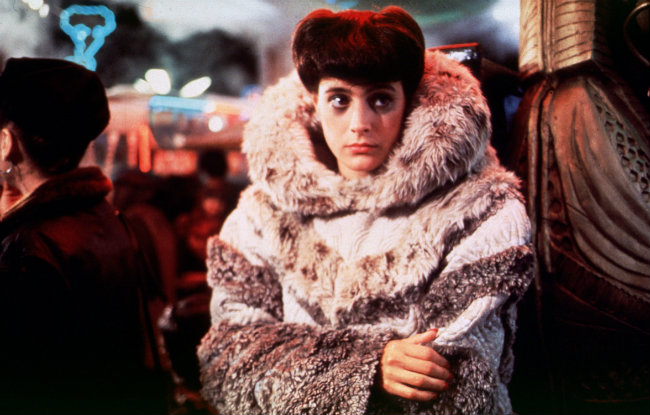
The grimy, urban decay of Los Angeles 2019 features some of the most memorable costuming in the Science Fiction genre. Director Ridley Scott was opposed to the ‘clean’ visions of the future seen in Star Wars and 2001: A Space Odyssey and wanted his world to feel used.
To accomplish this, costume designers Michael Kaplan and Charles Knode took inspiration from the film noir’s of the 1940s and the legendary designs of Adrian, the Golden Age Hollywood designer. They then blended these looks with more contemporary street punk and gave everything sharp geometric angles for good measure.
As a result, the various Femme Fatales that Harrison Ford engages with throughout the movie have some staggeringly unique looks. Highlights include: Zhora’s transparent raincoat, Pri’s back-combed blonde hair and studded dog collar and of course, Rachel’s hulking, pyramid of a fur-coat.
16. The Green Ray (1986)
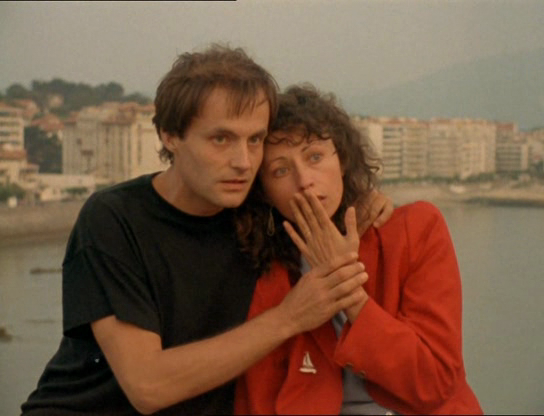
Eric Rohmer preferred to make films about young people, he found their energy, conversations and endless social patterns made for a more compelling film. As any young person knows, fashion is an essential part of projecting your own identity and emotional state.
The Green Ray, which was the fifth film in the director’s series entitled Comedies and Proverbs, really shows us some highlights from 1980s Europe.
The film follows Delphine, a twenty-something Parisian woman who drifts from place to place and friend to friend looking for a way to spend her summer. Clothes are infused with a sense of the everyday; where mismatches and practicality go hand-in-hand with flair and character psychology. T
he film is a gold-mine for hipsters looking for any retro-inspiration, rife with mesh-vests, high-waisted jeans, sunglasses and cardigans. Delphine herself sports a green beret, a bright red jacket and knit-ware tied round her waist.
17. Paris is Burning (1990)
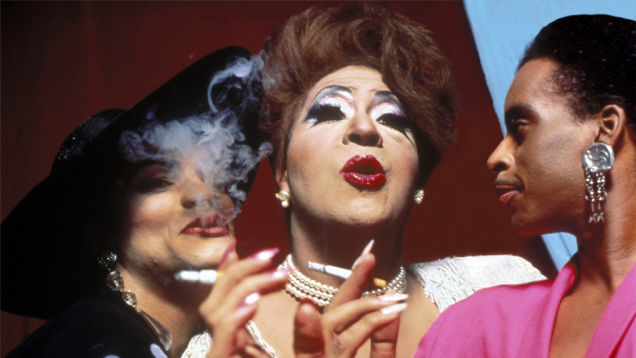
Filmed in the late-80s, this landmark documentary portrays the underground movement of ‘Ball-culture’ in which African-American and Hispanic gay, drag and transgender New Yorkers live out their high fashion dreams by mimicking catwalk supermodels. Contestants designed their own outfits, adhering to a specific theme or category and were subsequently judged on the criteria of ‘realness’, the beauty of their clothing and their dancing skills.
Ball-culture is attributed to inventing vogue dancing, famously adopted by Madonna. The film deals directly with issues of class, race, identity, and the power of performance. It also showcases the stunning creations from marginalised groups in an industry based upon traditional portrayals of glamour and beauty.
18. Chungking Express (1994)
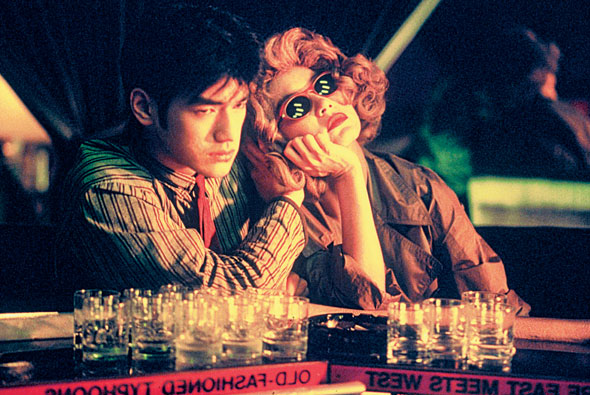
Hong Kong’s premier auteur, Wong Kar-wai, was launched to international stardom with this whirlwind-romance following two separate policemen who fall in love with two very different women.
The first of these women is Chinese screen icon Brigitte Lin (in a blonde wig, reminiscent of Gena Rowland’s in Gloria) playing an unnamed drug dealer who gets involved with a policeman. Updating the Femme Fatale module with an electric sense of urban energy she has a loose, tan raincoat with white stilettos and red-framed sunglasses.
As her story draws to a close we meet the second woman, Faye, an idyllic snack-bar worker who becomes involved with another policemen. Her short hair, bright colours and patterned t-shirts have an innocent, nineties kitsch vibe. The whole thing flourishes under the director’s smokey jazz-pop style.
19. Clueless (1995)
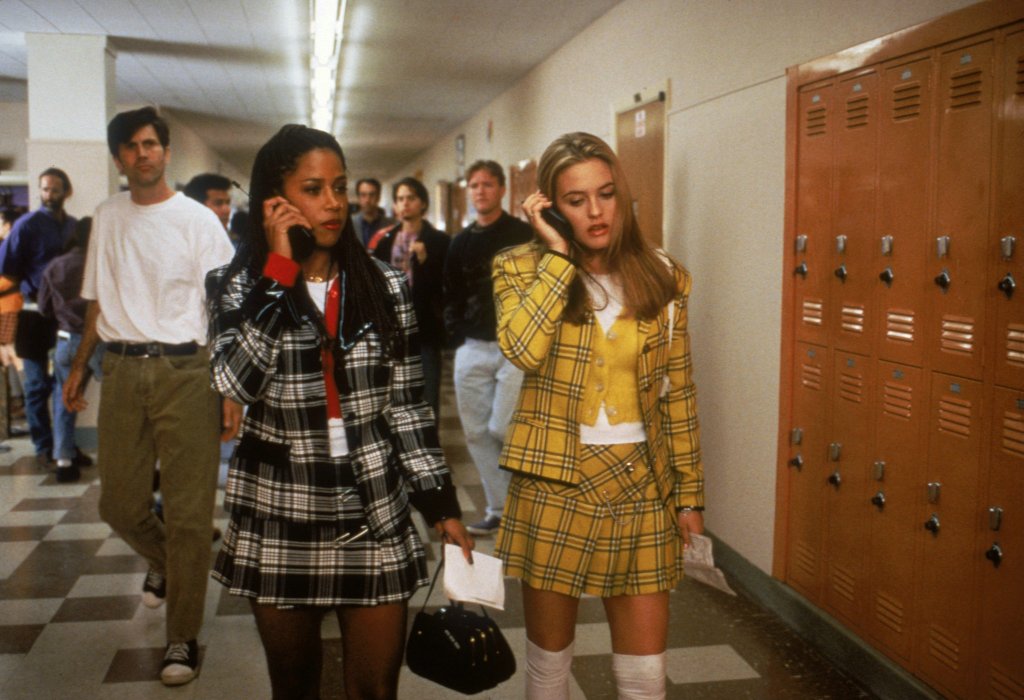
Amy Heckerling’s coming-of-age comedy is one of the defining works of mainstream nineties culture. Set in a Beverly Hills High-School, this loose adaption of the Jane Austin novel Emma, follows the exploits of a rich, superficial but well-meaning girl who determines to make a new student popular.
Mona May’s costume design has remained a big footnote for any costume designer working in the decade or with teenagers in general. These characters and their outfits have come to represent a lot of our associations with the decade’s youth culture as well as coding subtle commentaries on race, class and sex into the visual design of the film.
Where to begin? Alicia Silverstone’s Cher has 60-plus costume changes on her own, and six of those occur in the first 90 seconds. Matching outfits, mini skirts and pop-socks are among the things people remember the most.
Clueless boasts an assortment of designer labels as well; yellow plaid Dolce and Gabbana jacket and skirt, satin shoes by Jimmy Choo and Alaïa jackets. However it is not above showcasing one of the key fashion ingredients of the decade; flannel.
20. The Royal Tenenbaums (2001)
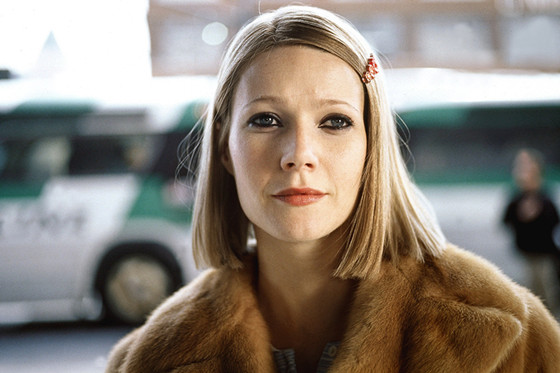
Hipster icon, Wes Anderson could be held accountable for any number of recent fashion trends. Not only are his characters meticulously well dressed but their costuming often betrays their innermost vulnerabilities and desires.
There were no shortage of characters that could have been selected for this list from Anderson’s canon, but it is Gwyneth Paltrow’s Margot Tenenbaum that has resonated the most with audiences since it’s release in 2001.
Margot, the adopted daughter of the estranged Tenenbaum clan was inspired by Warhol superstar, Nico. With an aloof manner she rocks striped Lacoste dresses, heavy eye-liner and a Fendi fur coat. Her wooden finger and vintage cigarette supply give her an attitude, whilst masking her loneliness.
Author Bio: Mervyn is a Post-graduate Film Student at Queen’s University. He has been writing about film for around three years now across a number of sites including The Yorkshire Times Online and The Focus Pull. When he is not watching, writing or thinking film he is a part-time reader and drinker of whiskey. You can follow him on Twitter or Letterboxd.